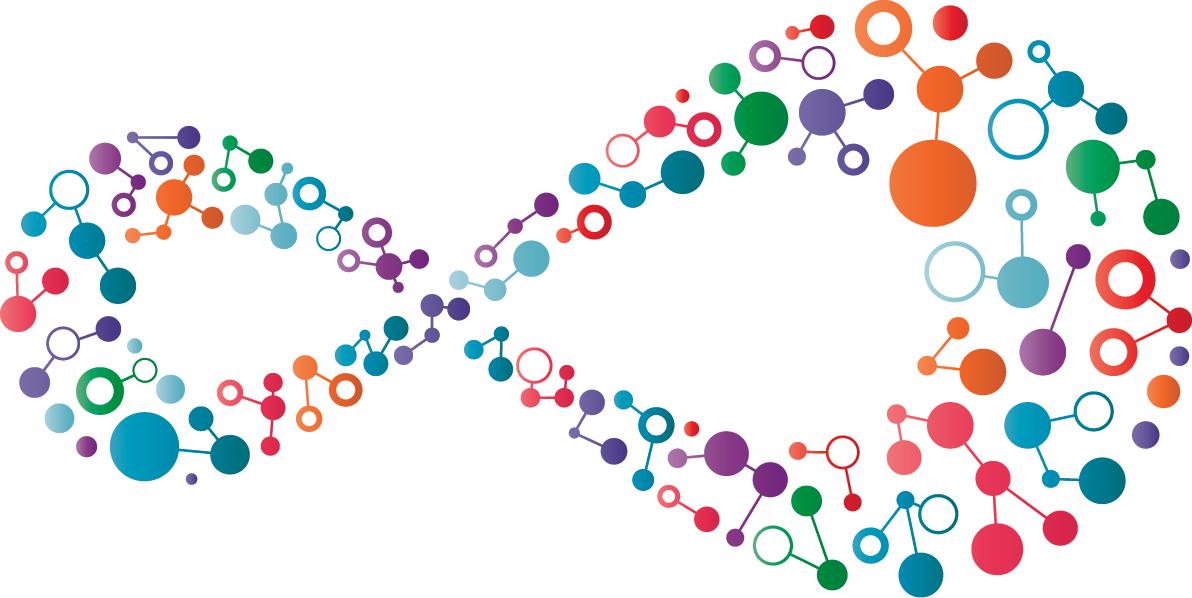Forever Chemicals in Drinking Water
Posted by Discount Water Softeners on Mar 3rd 2020
TAP WATER WIDELY CONTAMINATED ACROSS THE U.S.
“Forever Chemicals” in Drinking Water Sources

Water is known to be the best and most naturally hydrating liquid. It’s the key to staying healthy; we depend on it for survival. It’s alarming to learn that the water we drink is more than likely contaminated by a potentially harmful chemical.
The “forever chemicals” making national headlines and fueling a public health crisis have been hard to miss. Americans are being exposed to chemicals causing devastating health consequences. Recent laboratory testing commissioned by the Environmental Working Group (EWG) found that the drinking water in dozens of U.S. cities contains toxic fluorinated chemicals known as PFAS. These results confirm that the number of Americans exposed to these chemicals was hugely underestimated in previous studies. EWG scientists now believe that PFAS are likely detectable in all major water supplies in the U.S.
Of the tap water samples from 44 sites across the country, only 3 cities had levels of PFAS safe enough to consume. Only one city in Mississippi, that relies on water from deep wells, tested free of PFAs. This means that the tap water of at least 16 million U.S. citizens is contaminated with variants of the chemical PFAS, nicknamed the “forever chemical” because it does not break down once released into the environment, and at a far higher level than initially believed.
What are PFAS?
PFAS is short for per- and polyfluoroalkyl substances, which are man-made chemicals that cause adverse human health effects and contaminate water supplies. PFAS are stubborn chemicals, that instead of degrading, they accumulate within the environment over time. They don’t easily break down and they can persist in your body (and the environment) for decades. Chemicals in this class are found in products like non-stick cookware, Scotchgard, firefighting foam, microwave popcorn bags, and even personal care items like waterproof mascara and eyeliners, sunscreen, shampoo, and shaving cream. A 2017 study found PFAS in one-third of all fast food wrappers, where it can easily migrate into greasy foods.
Low doses of PFAS in drinking water have been linked to an increased risk of cancer, infertility, reproductive and immune system harm, liver and thyroid disease, and other health complications. A top environmental official at the Centers for Disease Control and Prevention said the scientific community is just beginning to grasp the scope of how much drinking water could be contaminated with a potentially toxic class of industrial chemicals. According to one senior CDC official, the presence and concentration of PFAS in U.S. drinking water presents “one of the most seminal public health challenges for the next decades.”
A Plan of Action
The EPA has only begun the process of setting a legally enforceable limit for these chemicals. The Senate recently introduced a bill designed to stem the spread of PFAS that have leached into our water supply. The Preventing Future American Sickness (PFAS) Act would designate PFAS chemicals as hazardous substances, opening avenues to force PFAS manufacturers to fund cleanup efforts. It would also allow the EPA to offer cleanup grants to companies looking to remove PFAS substances from drinking water.
While the House has already passed PFAS legislation, it may face a challenge in the Senate in order to pass a measure requiring the EPA to set a mandatory drinking water standard for PFAS substances. In the meantime, because PFAS are not yet regulated, utilities that have tested independently are not required to make their results public or report them to state drinking water agencies or the EPA. If being poisoned by our water isn’t scary enough news, here’s another piece of information to process. Biomonitoring studies by the federal Centers for Disease Control and Prevention show that the blood of nearly all Americans is contaminated with PFAS.
Protecting Ourselves From “Forever Chemicals”
First, avoid items that tout “nonstick” or “waterproof” properties, as they can contain PFAS. If possible, eliminate fast food and carry-out items. Also, check beauty product labels for the term “fluoro,” which indicates a fluorinated chemical.
Filter your home’s water. The strongest proven technologies to filter PFAS out of drinking water include granular activated carbon absorption, ion exchange resins, and reverse osmosis. Reverse osmosis systems have been found to consistently remove PFAS. They also have the benefit of an additional activated carbon filtration stage included in the system.
During reverse osmosis, water is pushed through a membrane with small pores. The membrane acts like a wall that stops chemicals and particles from passing into your drinking water. The effectiveness of a reverse osmosis system can be tested at home using an electrical conductivity meter.
The advantage of activated carbon filtration systems is that they are typically less expensive and easier to install than reverse osmosis. Chemicals like PFAS stick to the small pieces of carbon as the water passes through. Carbon filters must be replaced on schedule in order to maintain their effectiveness over time. With ion exchange, small resin beads act like magnets, causing the chemicals to stick to the resin and are removed as the water passes through.
Whichever type of filtration method you choose, make sure that the filter has been certified NSF Standard 53, to effectively lower PFAS. The packaging will typically contain this information, or you can check the manufacturer’s website.
Want more information about the drinking water in your community? Check out EWG’s interactive PFAS map to see if your drinking water has high levels of PFAS chemicals, or if there is a contamination site near your home. If you live in an area with contamination, contact your local health department for the most current data.
Above all, stay informed. Don’t rely on the powers that be to keep your families safe. PFAS have only begun to gain the attention necessary to make changes for U.S. citizens. Until stringent regulations are in place, it’s up to homeowners to take charge of their own health. For more help in choosing the right filtration system, call Discount Water Softeners (847)462-9000. There’s always a friendly expert available to help get you the clean water you deserve.
References:
Fact sheet PFOA & PFOS drinking water Health Advisories. EPA 800-F-16-003. USEPA, November 2016.

